Ryan PT-22 Recruit
Production Time 9 to 10 weeks
Shipment is by FedEx, UPS or DHL International Express Courier with a normal door-to-door delivery time worldwide of within 2-3 business days after dispatch. Due to the current volatility of world fuel prices, the amount mentioned here is our best estimate for DHL and UPS and may be subject to change at the time of shipping.

Model Description: Ryan PT-22 Recruit Wood Replica Scale Custom Model Aircraft
Manufacturer: Ryan Aeronautical Company
Wingspan: 17 Inches (43.2 Centimeters)
Height: 4.1 Inches (10.4 Centimeters)
Scale: 1:21
Registration: N46503
$239.50
Production Time 9 to 10 weeks
-
United States dollar ($)
-
Pound sterling (£)
-
Euro (€)
-
Australian dollar ($)
-
Canadian dollar ($)
-
Singapore dollar ($)
-
Swiss franc (CHF)
-
Japanese yen (¥)
-
Danish krone (kr.)
-
Hong Kong dollar ($)
-
Norwegian krone (kr)
-
Swedish krona (kr)
-
United Arab Emirates dirham (د.إ)
General Product Description
Our PlaneArts Ryan PT-22 Recruit model exhibits unique, unrivaled quality and detailed design to come as close as possible to the accuracy of the actual plane. It comes as standard with a robust, durable base or stand which is available in a variety of different finishes designed to match your own personal requirements including solid wood, wood with polished metal supports or adjustable wood wall mount and will be ready within about 9-10 weeks from placement of order.
The Ryan PT-22 Recruit model is made of the finest kiln dried renewable mahogany wood (commonly known as Lauan or Meranti) which has undergone many stages of carving and meticulous and careful sanding giving the beautiful, finished museum quality masterpiece. Many collectors and model connoisseurs demonstrate their preference for genuine handmade and hand painted mahogany wood models rather than plastic or die cast (diecast) alternatives due to the overall look and totally different feel of the item - we trust you will find the same. We can however, if required produce the same model in Solid Cast Resin so just click and contact us for further information. Our craftsmen and gifted artisans ensure that our finely handcrafted model airplanes match the precise blueprint details of the original aircraft. The paint scheme, markings and parts are closely matched, reflecting the original aircraft. This stylish top-quality desktop replica model will surely enthrall anyone who receives this as a gift and for sure one of the most appropriate and desirably collectable gifts for any military aviation enthusiast and avid aircraft collector whilst also displaying a perfect resemblance to the actual real life version.
There are many types of military propeller aircraft, but the basic types are bombers, fighters, fighter bombers, spotter planes, transporters, patrol aircraft, trainers, and reconnaissance and observation aircraft. All these types of aircraft are used for different types of missions. If you're a fan of historic or present-day military aviation, our model aircraft will bring the excitement and character of these aircraft right into your own home. You can order a wood airplane model of a North American B-25 Mitchell Bomber, a B17 - Flying Fortress, or a P-51 Mustang Nervous Energy V not forgetting the Bf 109, Spitfire, FW 190, A6M Zero, P-38 and F4U. These classic, propeller airplane models are of the highest quality. Each is individually crafted by our expert craftsmen. They produce handmade scale mahogany airplane models of the finest aircraft from World War I and II to present day biplanes and triplanes.
If you require, we can also make the Ryan PT-22 Recruit model in any other military, government or even private livery or colour scheme you require and if necessary, in a different size or scale. Just click here to contact us with a description or photographs of what you require, and we will let you have a quotation for the necessary customization by return email. We can also make bespoke scale replicas of any other private / civil commercial airliner or airliners, helicopter, glider, gliders with engines, military jet, warplane jets, biplane, triplane, tail fin, spacecraft, rocket or NASA model you require in any airline, military or civilian livery or colors. We also produce model airships, blimps, dirigibles, blimps, boats, and ship collectibles. Wall plaque or seal for military, government or private customers. Again, by clicking here to contact us just let us know exactly what you need.
The Ryan PT-22 Recruit: An Icon of Early American Aviation Training
The Ryan PT-22 Recruit holds a special place in the annals of American aviation history. Developed during the early 1940s, this aircraft was the first low-wing monoplane trainer used by the United States Army Air Corps. Known for its distinctive design and challenging flight characteristics, the PT-22 became a crucial training tool for thousands of pilots during World War II. This article delves into the history, design, and legacy of the Ryan PT-22 Recruit, highlighting its enduring impact on aviation training.
Origins and Development:
The Ryan PT-22 Recruit originated from the Ryan ST (Sport Trainer) series, designed by T. Claude Ryan, a pioneer in the field of aviation. The Ryan ST series, which began with the Ryan STA in 1934, was initially intended for civilian use. However, with the looming threat of global conflict in the late 1930s, the United States military recognized the need for a new trainer aircraft to prepare pilots for combat. The Ryan ST, with its strong performance and advanced aerodynamics, provided the perfect foundation for a military trainer.
In response to a government contract, Ryan Aeronautical Company adapted the ST design to meet military specifications, resulting in the creation of the PT-22. The PT-22 featured several modifications, including a more powerful engine and reinforced structure to withstand the rigors of military training. The first PT-22 took to the skies in 1941, and by the end of production, over 1,200 units had been built.
Design and Features:
The Ryan PT-22 Recruit was a two-seat, low-wing monoplane with an open cockpit, designed to give student pilots an experience closer to that of a fighter aircraft. Unlike its predecessor, the Ryan ST, which had a smooth metal fuselage, the PT-22 featured a mix of materials: a steel-tube frame with fabric-covered wings and tail surfaces, and a metal-skinned fuselage. This combination of materials made the PT-22 both durable and lightweight, an essential feature for a trainer aircraft.
One of the defining characteristics of the PT-22 was its Kinner R-540 radial engine, which produced around 160 horsepower. This engine gave the aircraft a cruising speed of about 125 mph and a maximum speed of 140 mph. The PT-22’s handling was notably more challenging than that of its contemporaries, with a tendency to spin and a somewhat unforgiving stall behavior. However, these traits made the PT-22 an excellent training platform, as it required student pilots to develop precise flying skills and a thorough understanding of aerodynamic principles.
Role in World War II Training:
During World War II, the Ryan PT-22 Recruit played a vital role in the training programs of the United States Army Air Corps. With the rapid expansion of the military’s pilot training programs, the need for effective and reliable trainer aircraft was more critical than ever. The PT-22’s unique flight characteristics made it an ideal primary trainer, preparing novice pilots for the more advanced aircraft they would encounter later in their training.
The PT-22 was used primarily at the Primary Flying Schools, where it helped mold inexperienced cadets into proficient aviators. Its open cockpit design exposed student pilots to the elements, enhancing their airmanship skills and their ability to handle the physical demands of flying. The PT-22’s reputation as a challenging aircraft meant that those who mastered it were well-prepared to progress to more advanced trainers and eventually to frontline combat aircraft.
Legacy and Preservation:
The Ryan PT-22 Recruit is remembered not only for its role in training a generation of pilots but also for its distinctive design and the flying skills it instilled in its students. After World War II, many PT-22s were sold as surplus and found their way into civilian hands, where they continued to be flown by private owners and aviation enthusiasts. Today, the PT-22 remains a popular aircraft among vintage aviation collectors and is often seen at airshows and fly-ins across the United States.
Conclusion:
The Ryan PT-22 Recruit is more than just a historical footnote; it is a symbol of a time when aviation was rapidly evolving and when the need for skilled pilots was paramount. As a trainer aircraft, the PT-22 was instrumental in shaping the skills of countless pilots during World War II, leaving a lasting impact on the field of military aviation training. Today, the PT-22 is celebrated not only for its unique place in history but also for the flying legacy it represents—a legacy of resilience, innovation, and the relentless pursuit of excellence in the skies.
| Weight | 6 kg |
|---|---|
| Dimensions | 12.7 × 17 × 4.1 in |

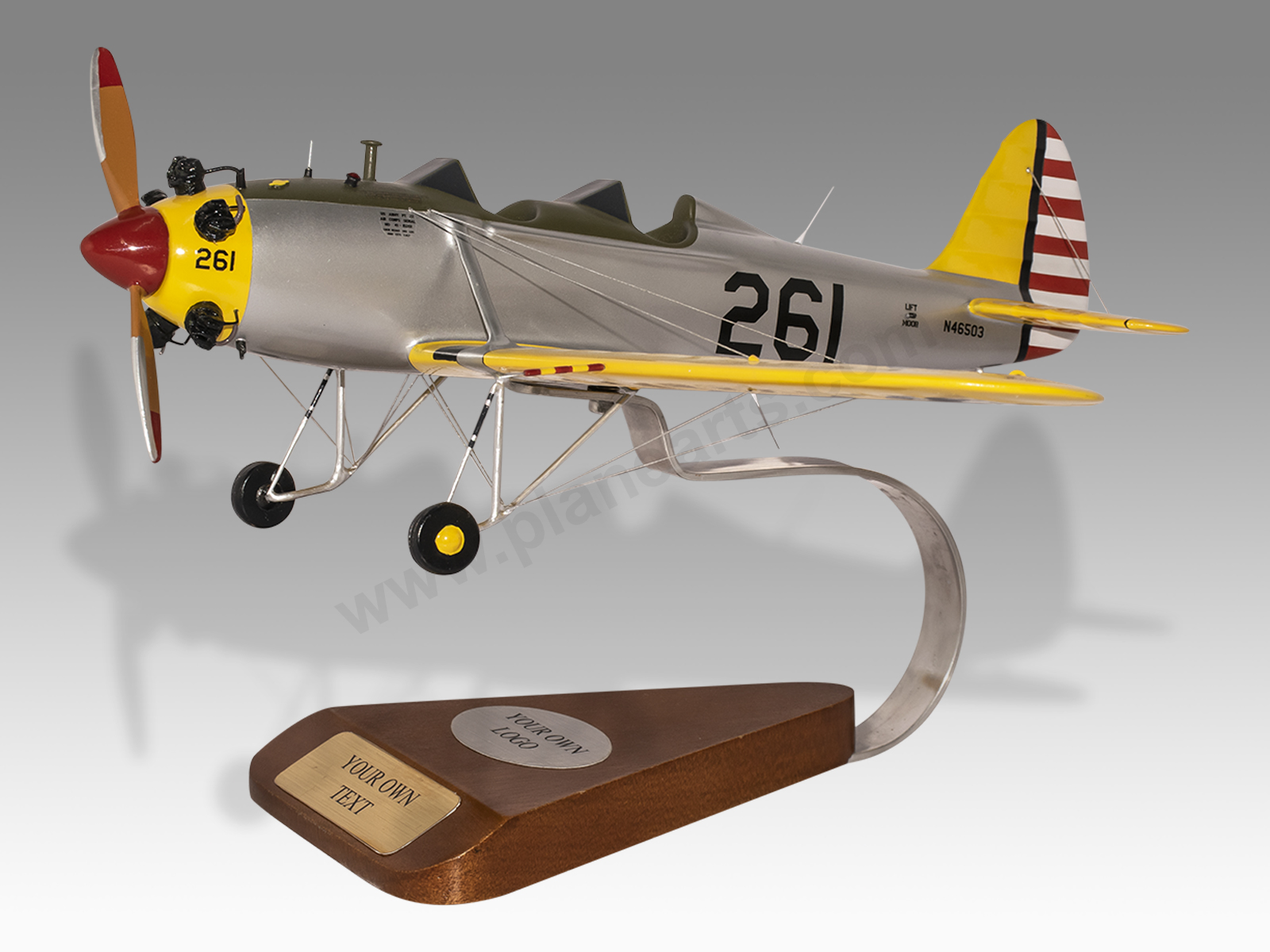
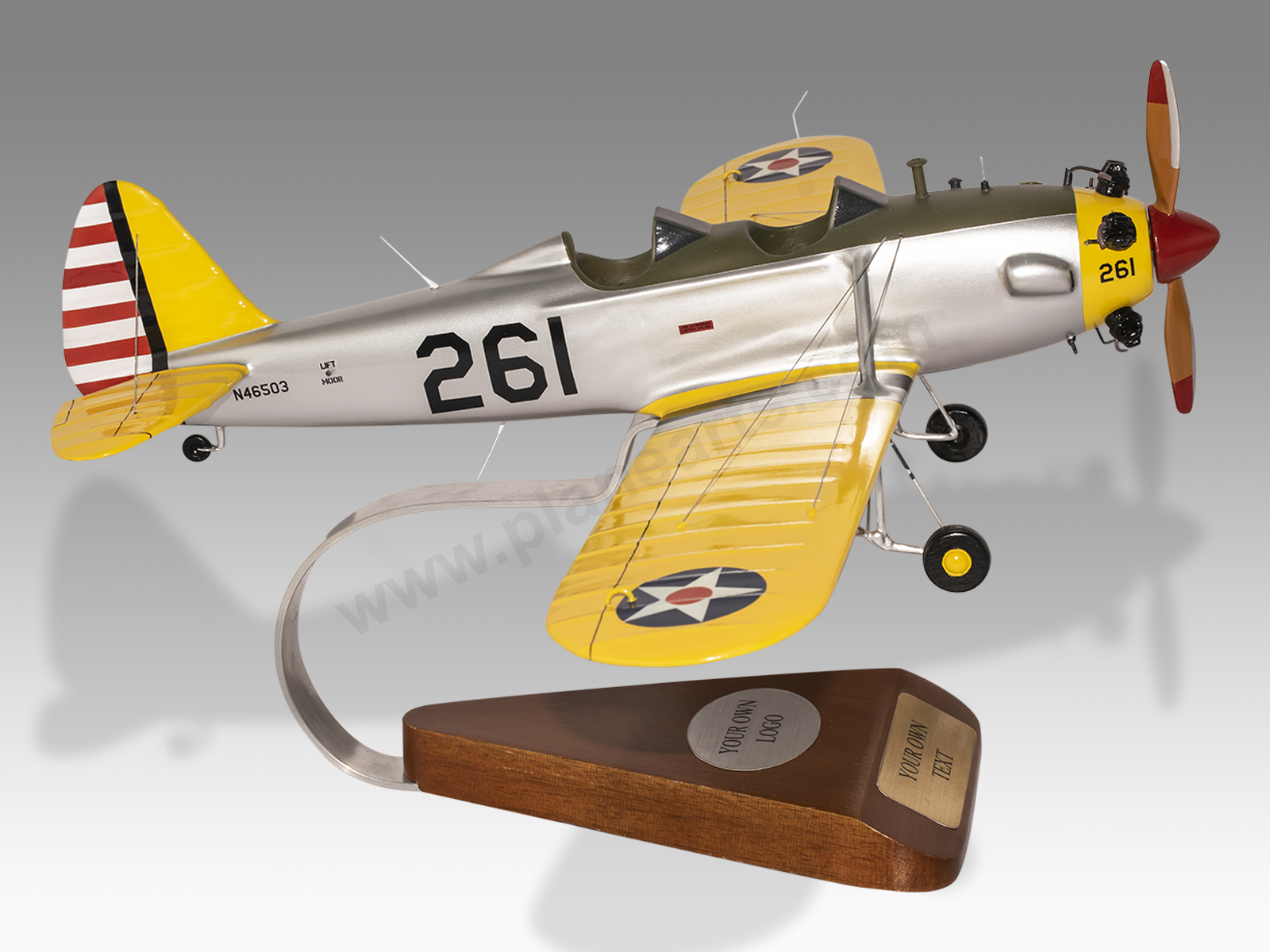
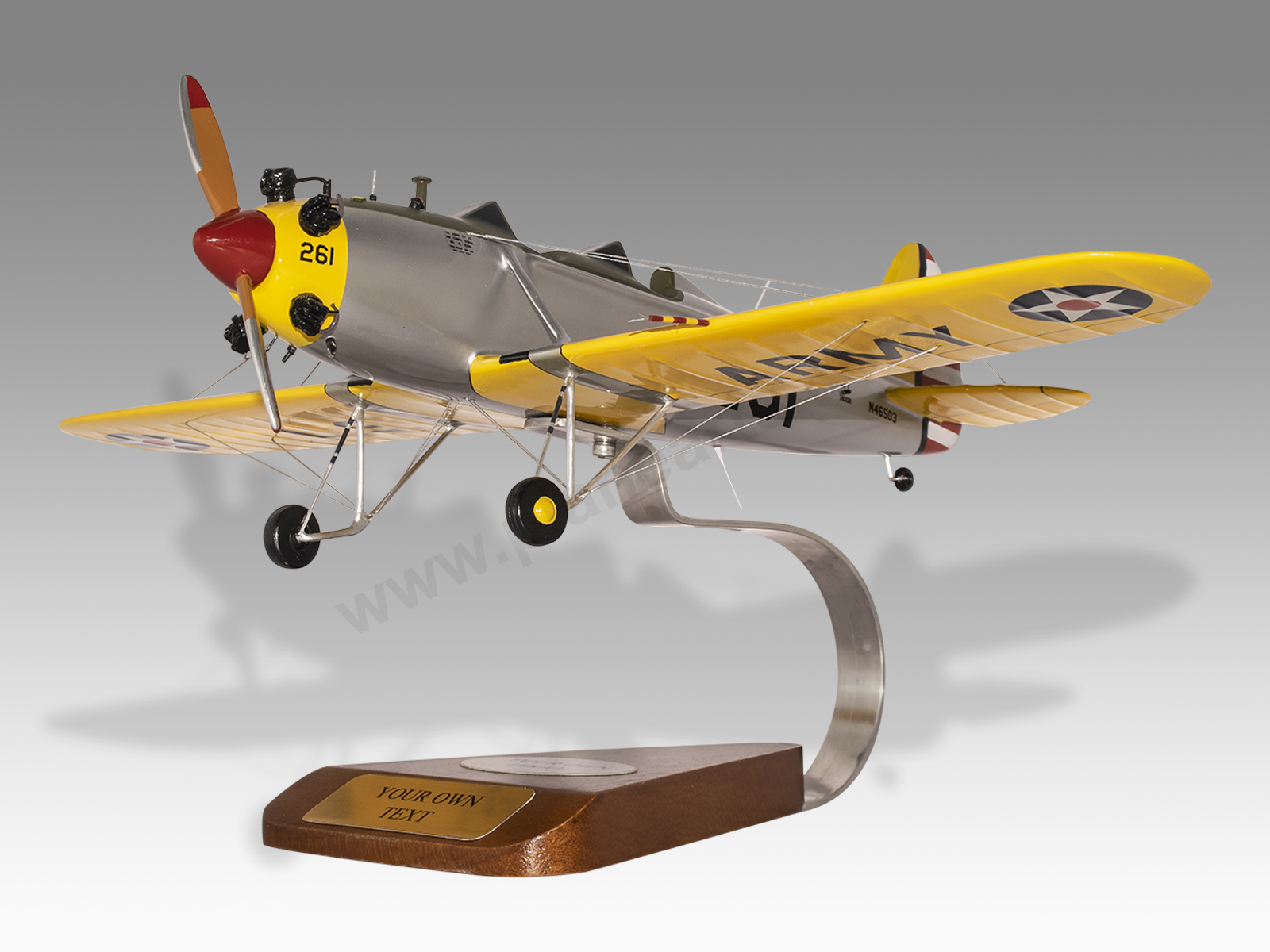
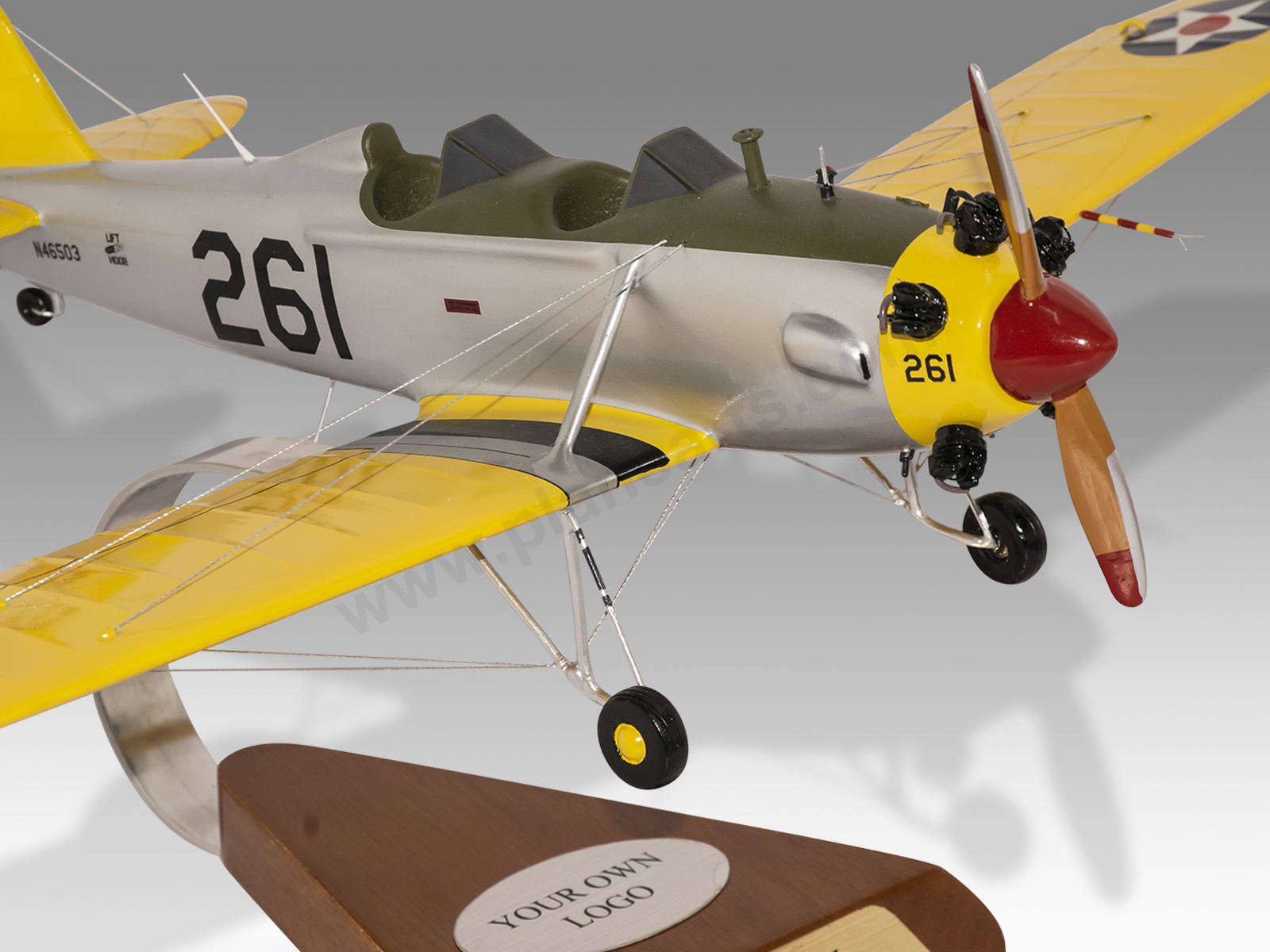
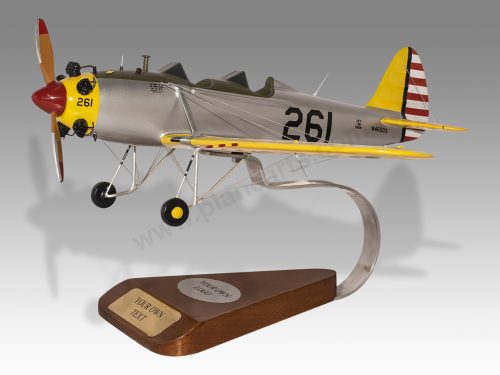
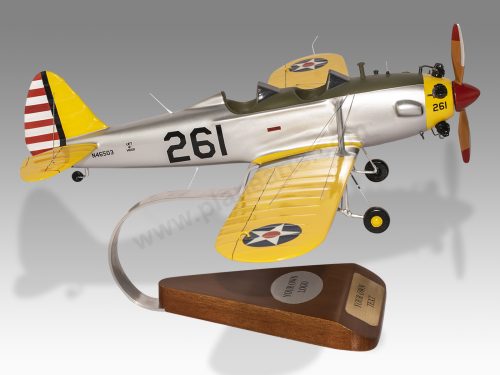
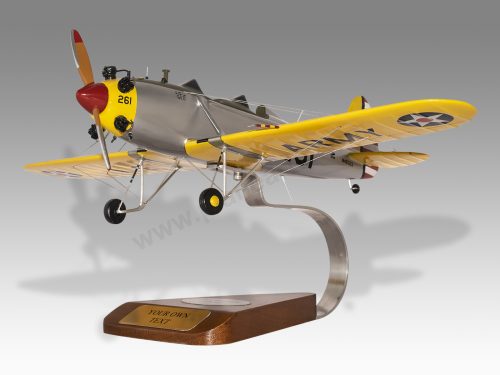

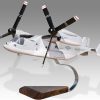
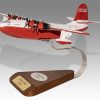
Reviews
There are no reviews yet.